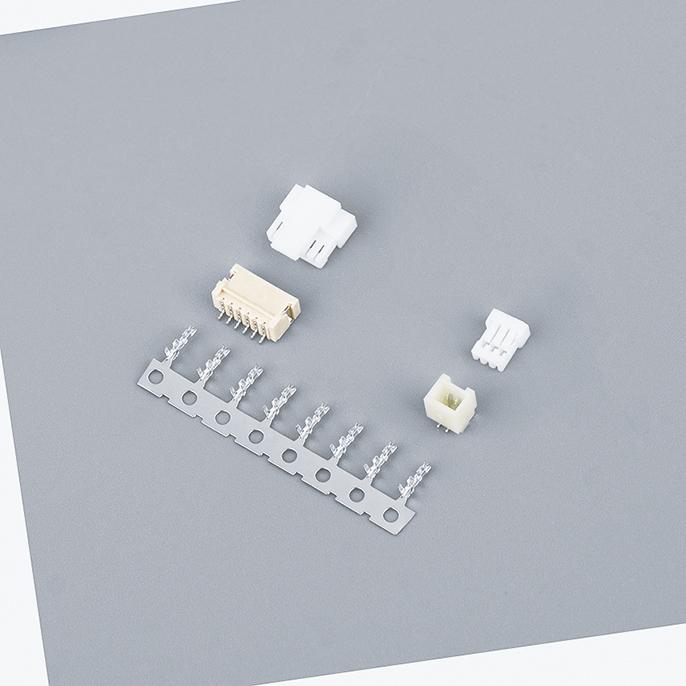Using a BNC breakout board is relatively straightforward, but proper handling ensures efficient and accurate signal routing. The first step is to connect the BNC cables to the breakout board. Each BNC port on the breakout board is designed to accept a coaxial BNC connector. When connecting, ensure that the connectors are securely fastened to prevent signal loss or interference.
Once the BNC cables are connected, you can route the signals to other devices or test equipment. For example, you may connect the breakout board to an oscilloscope to monitor waveform signals or use it to interface a video source to a processing system.
For projects requiring multiple connections, make sure to check the pinout and labeling on the breakout board to avoid any confusion. Proper labeling helps identify each port, which can prevent incorrect signal routing.
Finally, always double-check the connections and ensure that they are properly secured. Loose or improperly connected cables can cause signal degradation or even short circuits, which may affect the accuracy of your testing.
By following these simple steps, a BNC breakout board can serve as a valuable tool for signal testing and routing.

